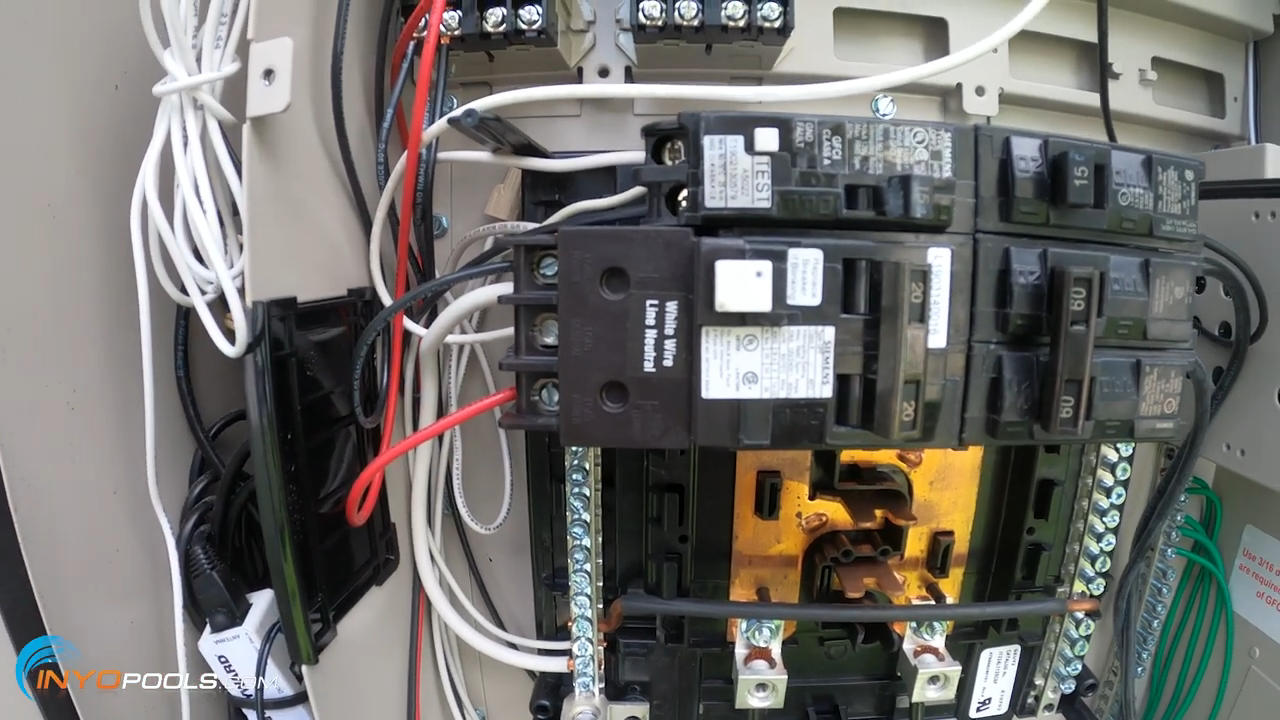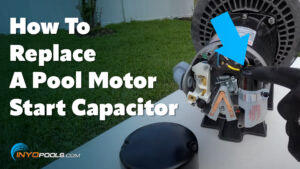This guide will show you how to determine your pool pump motor’s voltage in just a few easy steps. If you install a whole new pool pump, replace its motor, or even install a new automation system, it’s crucial to know your pump motor voltage. This is because pool pump motors are made to be dual voltage; they accept 115V and 230V, or the motor may only accept one of the other.
Time needed: 15 minutes.
Determining Dual Voltage Motor Wiring
- Shut Off Power
Turn off power to the pump at the Breaker
- Remove Motor Endcap
To access the motor’s terminal board, remove the motor’s endcap
- Find terminal board to check voltage selector
A. Knob – the notched cutout will display the selected voltage setting
B. Jumper – For older motors, use a Jumper, which will fit over one or two leads depending on the voltage. - Check Motor Label Wiring Schematic
Use the motor’s wiring diagram to determine voltage. If the jumper or knob is missing, use the wiring schematic on the motor label to determine the motor’s voltage.
- Is Circuit Breaker a Single or Double Pole?
Check Breaker – if the pump’s circuit breaker is a single-pole, it’s a 115V setup; if the pump is on a double-pole breaker, it is usually a 230V circuit. For double-pole breakers, confirm that both poles are wired. If only one pole is wired, the circuit may be modified to 115V.

- Check Timer Voltage
Common mechanical timers like these Intermatic models are single voltage. Check the timer’s door sticker for its voltage output.
- Use Multimeter to Test Circuit













Leave a Reply